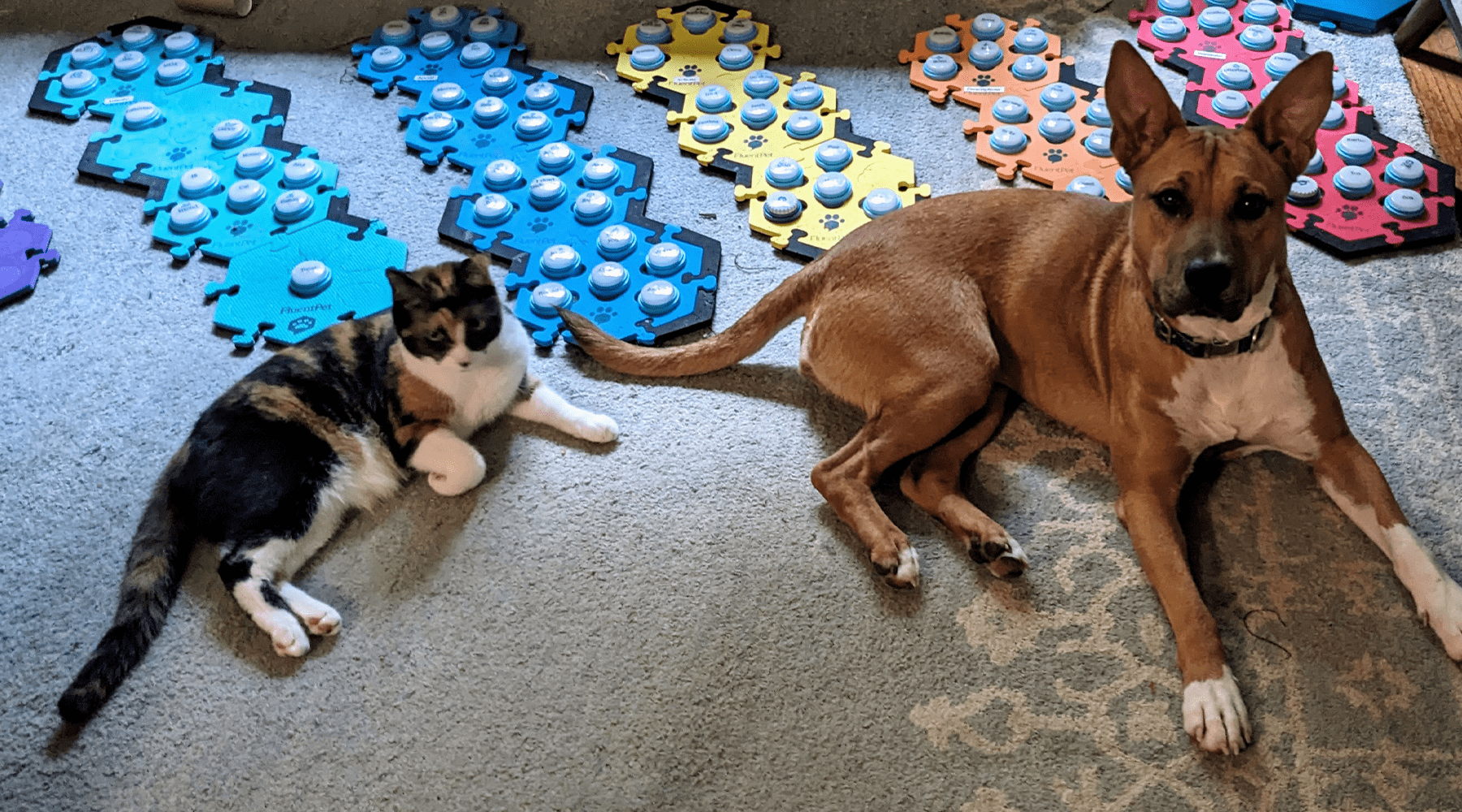By Courtney Sexton
I first heard the term “umwelt” a dozen or so years ago when I read psychologist and canine cognition expert Alexandra Horowitz’s book, “Inside of a Dog: What Dogs See, Smell, and Know.” In the book, she explores how dogs move through their world, focusing on their umwelt, or how they experience the collective surroundings that affect their behavior.
Umwelt is a unique experience of the world
Umwelt, originally a German term, translates roughly to self-centered world, and is foundational to communication. Learning about dogs’ umwelt opened my own eyes to what they “see” when at home, when on a walk, when meeting people and other dogs, and in many other scenarios.
Having a better sense of how a dog experiences the world and the important ways their experience is different from our own has enabled me to be a better companion to the dogs in my life, and be more attuned to what and how they may be feeling in different situations.
So how do dogs experience their worlds?
Olfaction, or the sense of smell, is how dogs get most of their information about their surroundings. That’s because while most of us rely heavily on vision, dogs’ noses—and their brains—are much better equipped to “read” cues in the environment than ours are.
Dogs have 50 times as many olfactory receptors (the cells that “read” smells) in their brains than do humans, and their olfactory bulb, the part of the brain responsible for smell, is three times larger than a human’s. They also have a special organ in their nose called the vomeronasal organ that can help them detect chemicals and pheromones.
Smells and scents are signifiers, just like words are to people
Contrary to what you might think when you see their nose in the air at dinner time, the most important information dogs gather is not always about food. My dog Sonder, for example, loves our veterinarian, but shakes with uncontrollable fear when we walk into her office.
This is likely because he can smell what I don’t—cleaning chemicals, medications, and hormones and secretions from other sick and scared dogs—all things that signal to him that this isn’t a place he wants to be.
What dogs smell guides where they direct their attention and often influences not only their behavioral, but their emotional responses to stimuli. In this example, the information Sonder has gathered via his nose translates into cognitive recognition of something as “bad,” followed by a behavioral response (shaking and high-tailing it toward the door).
Tune into your dog’s experience to better understand their communications
Think about smell the next time you take your dog on a walk. Or, better yet, take your dog for what Horowitz calls a “smell walk,” intentionally letting them linger when they’re sniffing what looks to us like “nothing.” Watch how they behave and see what seems to trigger or interest them. Have you ever heard of ‘pee-mail?’
Recognizing their umwelt, or, seeing how your dog “sees” the world, is paramount to understanding what they choose to communicate and why (and to adjusting our own behavior appropriately).




Leave a comment
This site is protected by hCaptcha and the hCaptcha Privacy Policy and Terms of Service apply.